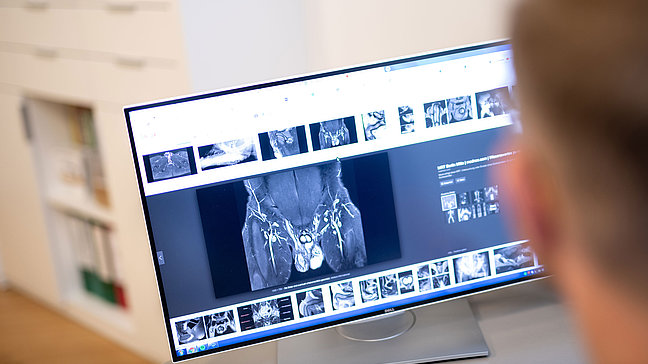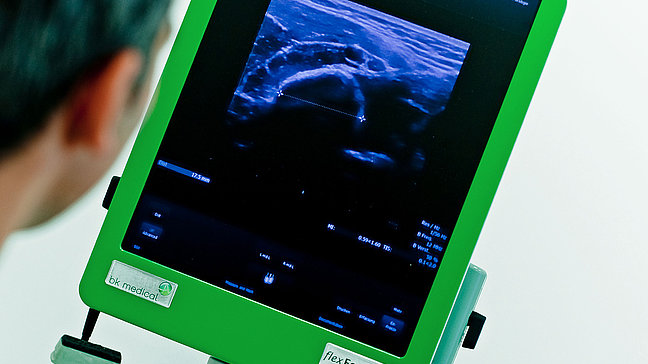
Curvature of the penis (Peyronie's disease)
Causes of penile curvature
The exact causes of penile curvature are not fully understood. It is suspected that injuries to the penis, genetic factors and possibly autoimmune reactions play a role. In the congenital form, also known as congenital penile deviation, the connective tissue sheath of the erectile tissue develops unevenly during the fetal phase. In the acquired form (induratio penis plastica, IPP), recurring micro-injuries lead to scarring, which impairs the elasticity of the erectile tissue.
Symptoms of penile curvature
- Unnatural curvature of the penis during erection
- Nodular hardening (plaques) in the penis
- Pain, especially during erection
- Shortening of the penis
- Erectile dysfunction in advanced stages
The disease often progresses in two phases: an acute phase with pain and worsening curvature, and a chronic phase in which the symptoms remain stable.
Diagnosis of penile curvature
Diagnosis is based on a physical examination and medical history. Imaging procedures such as ultrasound, MRI or X-ray can help to visualize the extent of the plaques and any inflammation. In some cases, patients are advised to take photos of the erect penis from different perspectives in order to better assess the progression of the disease.
Treatment options for penile curvature
Conservative methods: Drug therapy and injections can help to alleviate the symptoms and reduce the curvature.
- Drug therapy: Drugs such as vitamin E or verapamil can be taken orally or injected directly into the plaques.
- Severity of the procedure: Minimally invasive.
- Duration of the procedure: Varies depending on the method.
- Aftercare: Regular aftercare and physiotherapy exercises may be required.
Surgical methods: Surgical correction may be required in severe cases.
- Plication (grafting): In this procedure, the healthy side of the penis is shirred to compensate for the curvature.
- Excision and grafting (removal and transplantation): Removal of scar tissue and insertion of healthy tissue to restore the shape.
- Penile prostheses: In extreme cases, implantation of a prosthesis may be necessary.
- Severity of the procedure: Surgical.
- Duration of the procedure: Depends on the method chosen.
- Aftercare: Intensive aftercare and possible physiotherapeutic care are necessary.
- Probability of success: High with individual fitting and correct aftercare.



